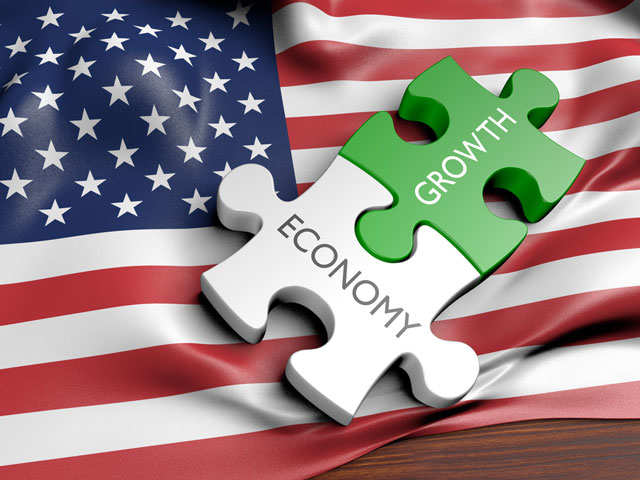INSUBCONTINENT EXCLUSIVE:
Such enthusiasm may be premature.
As Federal Reserve Chairman Jerome Powell outlined in a speech last week, while higher investment is
He even repeated precisely what former Fed Chairman Alan Greenspan said more than a decade ago when he warned that productivity growth is
to rising living standards is hard to overstate, and its growth goes a long way to explaining the gang-buster US economy in the wake of
From 1948 through 1977, annualized GDP expansion, measured each quarter, averaged 3.9 per cent, driven by labor productivity growth that
averaged 2.6 per cent.
Economists also like to mention a measure that incorporates how efficiently companies use capital, known as
total-factor productivity
That averaged 1.9 per cent in the same period, according to the San Francisco Fed.
But except for a burst associated with the first Internet
boom in the 1990s, productivity growth since the late 1970s has been dismal, especially in the wake of the financial crisis
total-factor productivity just 0.6 per cent.
Some of that weakness was surely due to the deep recession and a pullback by firms on
Economic Advisers, told Bloomberg Television in February.
Unfortunately, the relationship between positive swings in investment and larger,
Institution in Washington
productivity growth, alongside labor quality and innovation
But most of the gap between high-productivity periods and recent years is due to the lower contribution of innovation.
Some productivity
specialists like Erik Brynjolfsson, a professor at the MIT Sloan School in Cambridge, Massachusetts, are decidedly bullish about the
long-term prospects for productivity
He points to promising technological innovations now in the pipeline, from driverless vehicles and voice recognition to health-care
But how and when those translate into measurable economic growth, he says, is the real mystery of productivity.

